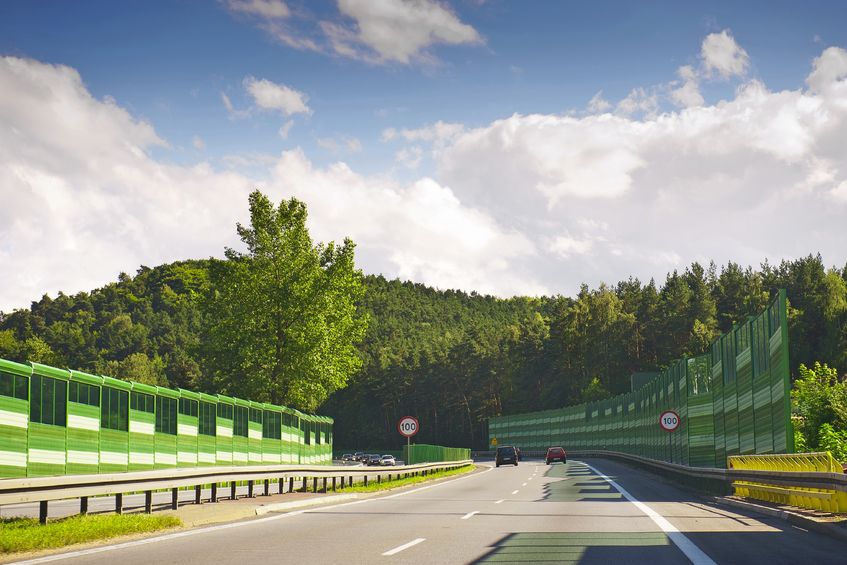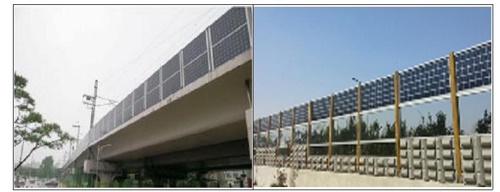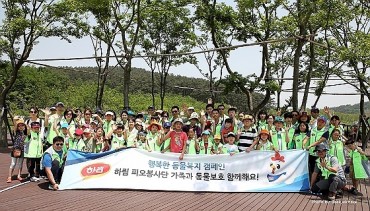
According to statistics provided by the Korean Intellectual Property Office (KIPO), 29 percent of the patent applications for noise barriers filed between 2012 and 2016 were found to be for multi-functional ones, up 11 percent from the period between 2007 and 2011. (Image: Kobiz Media)
DAEJEON, Oct. 25 (Korea Bizwire) – Barriers originally designed to block traffic noise are being revamped with multiple new functions, including anti-fine dust particle and solar energy production features, according to government data.
According to statistics provided by the Korean Intellectual Property Office (KIPO), 29 percent of the patent applications for noise barriers filed between 2012 and 2016 were found to be for multi-functional ones, up 11 percent from the period between 2007 and 2011.
The rise in the number of multi-functional noise barriers comes amid growing concerns over the unpleasant appearance of tall structures surrounding major thoroughfares, which have been repeatedly criticized by local residents for blocking the view, as construction companies and road safety and traffic authorities try to give more purpose to noise barriers by adopting new environmental and energy technology.
A total of 69 patent applications were filed for tunnel-type noise barriers, which can more effectively block noise than their predecessors as well as scatter dust, accounting for over 40 percent of the total, while 57 patents were filed for vegetation noise barriers, which feature plants for a more natural appearance and help control the temperature and humidity to tackle thermal island effects in the surrounding area.
Another 42 patent applications were filed for noise barriers with solar panels, which can both tackle traffic noise and produce solar energy.
When broken down by the type of patent applicant, small and medium sized enterprises accounted for just over 64 percent of the total, followed by private citizens, who accounted for 23.2 percent.
Research institutes and major companies followed next, accounting for 11.3 and 1.2 percent, respectively.
The data showed that research and development for noise barrier technology is mostly being conducted by a limited number of specialized firms and individuals rather than major companies, as the industry itself is relatively small.

Barriers originally designed to block traffic noise are being revamped with multiple new functions, including anti-fine dust particle and solar energy production features, according to government data. (Image: KIPO)
“Recently, more efforts have been made to adopt energy and environmental technology into social infrastructure architecture including noise barriers,” said Kang Jeon-gwang, a senior official at the KIPO.
“As the issue of fine dust continues to be a big concern, and with the government’s energy policy doing away with nuclear energy, this of technological convergence and related patent applications are likely to continue,” Kang added.
Ashley Song (ashley@koreabizwire.com)






